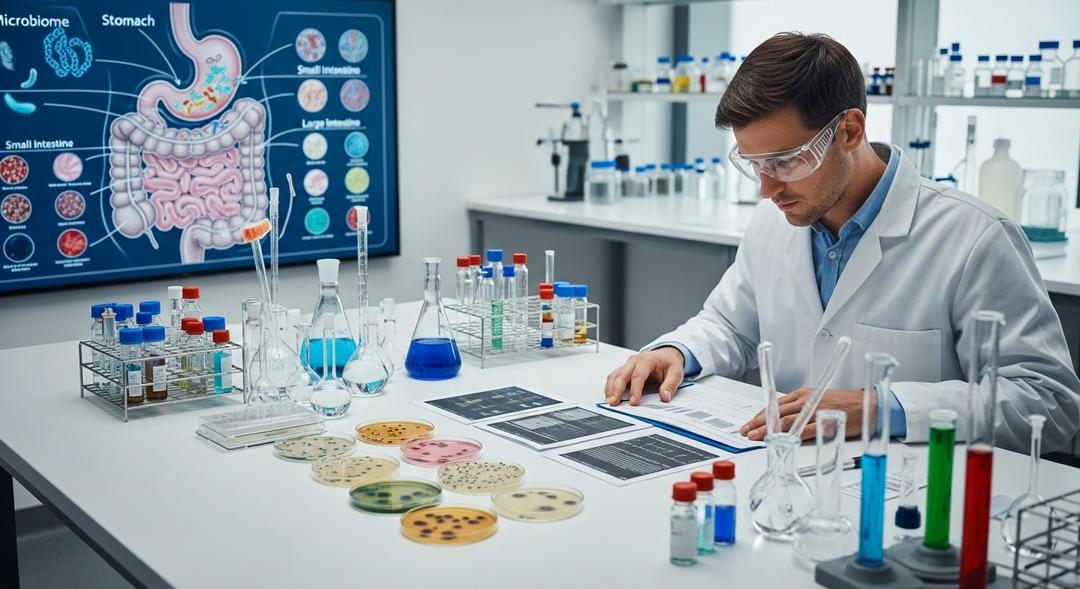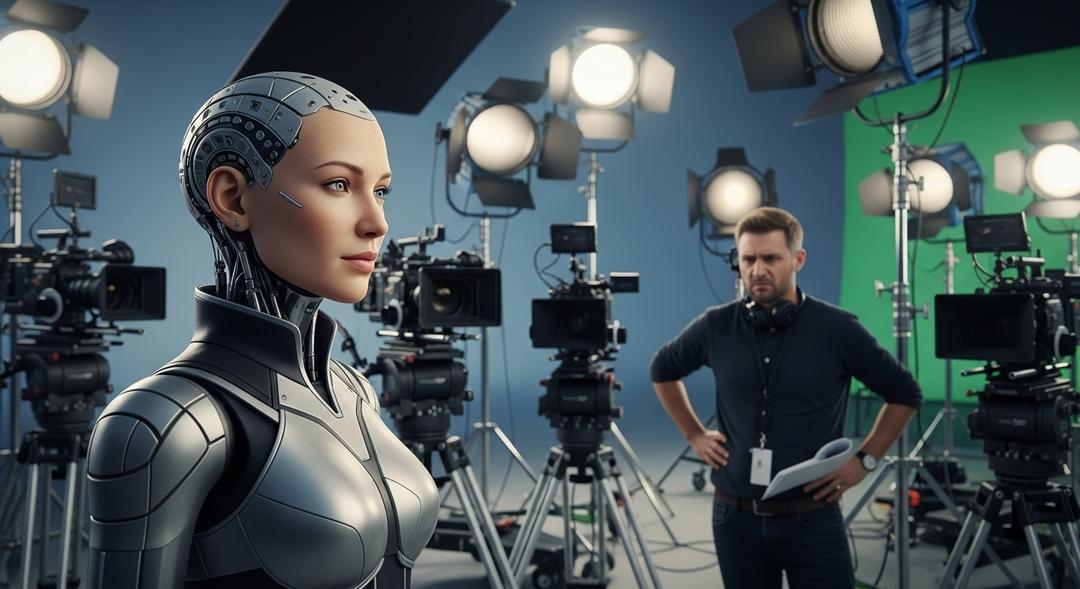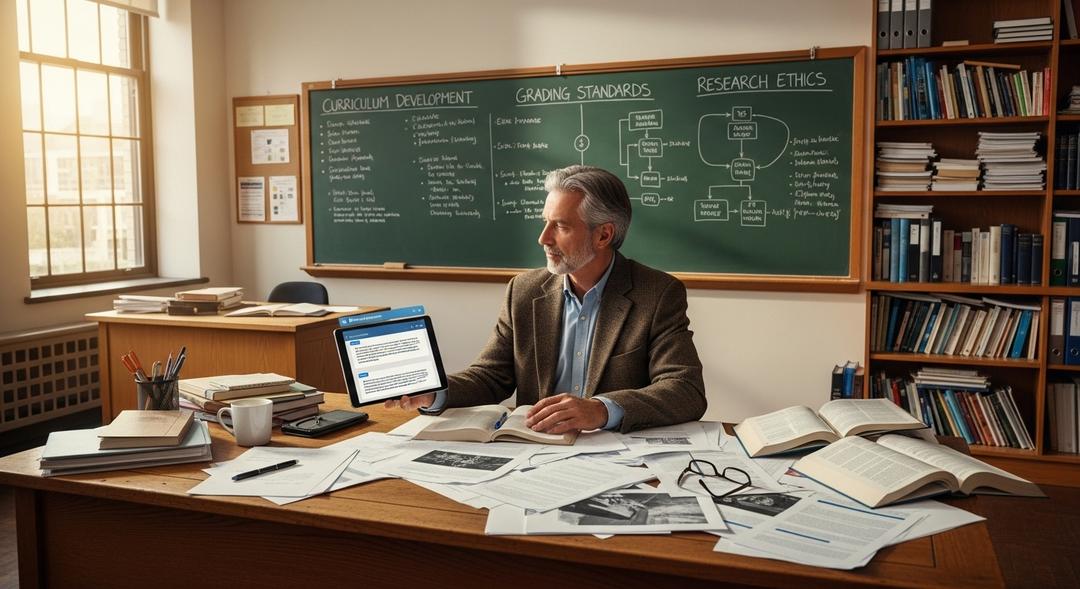Researchers at the University of Tokyo have started to untangle this complex network using a neural network approach. They fed a specialized AI tool a mountain of gut microbiome and chemical data to reveal just how certain bacterial strains might shape our health.
According to researcher Tung Dang from the Department of Biological Sciences, “By accurately mapping these bacteria-chemical relationships, we could potentially develop personalized treatments.” Dang imagines a future where doctors might be able to fine tune a patient’s microbiome to target diseases or even mental health conditions with precision.
What makes the problem so tricky is the sheer volume and diversity of data. Human cells amount to about forty trillion, but the gut boasts as many as one hundred trillion bacterial cells. Each makes and modifies unique chemicals called metabolites, which act as messengers through the body.
Unraveling Hidden Patterns in Data
Traditional analysis tools sometimes miss the subtle cross talk between microbes and the chemicals they produce. By training their neural network, called VBayesMM, the Tokyo team has managed to spot patterns that would otherwise slip under the radar.
The tool doesn’t just crunch the numbers; it helps scientists separate the most critical bacterial players from the background noise and provides a measure of confidence with every prediction. This matters when researchers have to act on the findings in real clinical settings.
When tested on data sets related to conditions like sleep disorders, obesity, and cancer, VBayesMM outperformed older techniques. It flagged bacterial families linked to known biological processes, giving researchers a reason to trust its predictions.
There are still some hurdles. The tool is reliant on high quality data about the gut microbiome, and if those details are lacking, its accuracy can take a hit. Plus, it assumes bacteria act alone, while in reality, their interactions are anything but simple.
Dang says the team’s next step is to work with even more comprehensive chemical profiles and broader patient groups. He notes, “We also aim to make VBayesMM more robust when analyzing diverse patient populations,” seeing this as essential for bringing the technology into real world treatments and diet plans.
By continuing to refine these AI tools, researchers hope to turn today’s bursts of insight about the gut’s chemical dialogue into tomorrow’s therapies.








